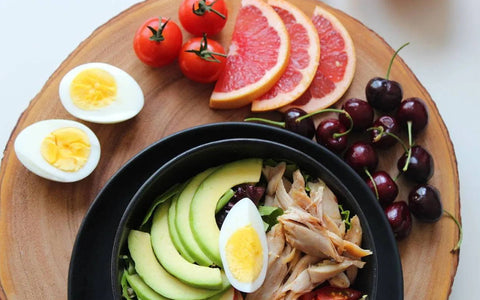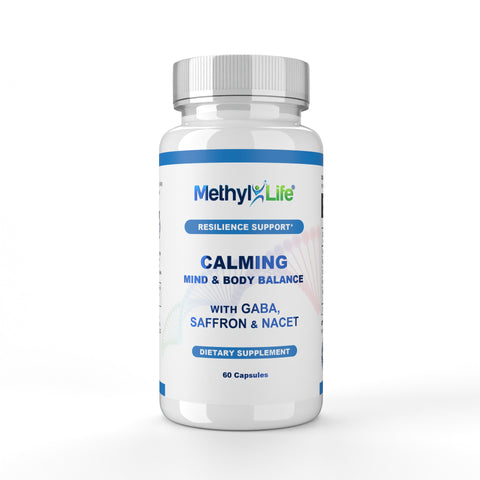Foods that contain GABA1
Raw spinach contains some of the highest GABA content (414 nmol/g) followed by potato, sweet potato, wild cabbage, shiitake mushrooms, mushrooms and chestnuts.2
Fermented foods and beverages are also good sources of GABA, particularly tempeh/fermented soybeans, fermented milk, fermented durian, fermented cassava (tape singkong), fermented fish (Ikan budu), sake, yogurt-sake, sourdough, mulberry beer, kimchi, alatar cheese, animal products, lactic acid bacteria (LAB), and certain yeasts and molds.3
Some teas are also good sources of GABA, especially green, black, and oolong tea.
Mulberry leaves and some Chinese white teas also contain high concentrations.4
Herbs that contain high levels of GABA include Mistletoe, Pokeweed, Valerian, St John’s Wort, Angelica, and Passionflower have been used to relieve mild mental stress symptoms and also as a sleep aid.5 The spice saffron is also shown to have agonistic properties on the GABA type A receptor.6













